Home>Articles>Which Mixer Attachment To Cream Butter And Sugar
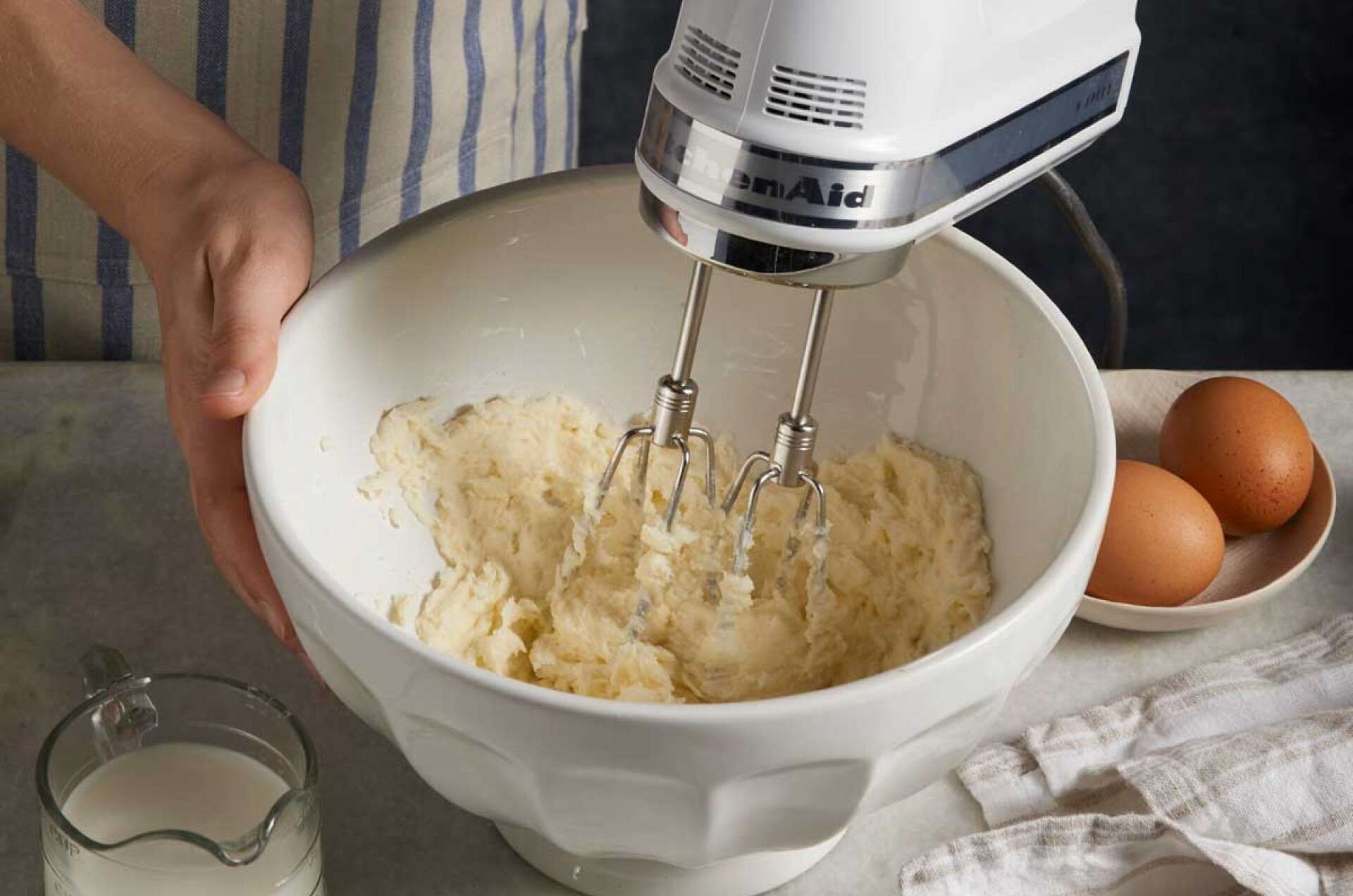

Articles
Which Mixer Attachment To Cream Butter And Sugar
Modified: May 6, 2024
Discover the best mixer attachment for creaming butter and sugar in this informative article. Choose the right tool to achieve perfect results every time!
(Many of the links in this article redirect to a specific reviewed product. Your purchase of these products through affiliate links helps to generate commission for Storables.com, at no extra cost. Learn more)
Introduction
When it comes to baking delicious treats, one of the most important steps is to cream butter and sugar together. This process not only helps in incorporating air into the mixture but also creates a smooth and fluffy consistency. To achieve the perfect creaming, you will need the right mixer attachment. Whether you are using a hand mixer or a stand mixer, there are attachments designed specifically for this purpose. In this article, we will explore the different mixer attachments that can be used to cream butter and sugar, helping you to create mouthwatering desserts every time.
Having the right mixer attachment is crucial as it determines the outcome of your baking endeavors. It ensures that the butter and sugar are combined evenly, resulting in a light and airy mixture. Each type of mixer attachment offers its own set of benefits, so it’s important to understand how they work and choose the one that suits your needs best.
In the following sections, we will discuss the various attachments available for both hand mixers and stand mixers, namely the whisk attachment, the paddle attachment, and the beater attachment. Each attachment serves a unique purpose in the creaming process, and by understanding their functions, you can make an informed decision to achieve the best results.
Key Takeaways:
- Choose the right mixer attachment for creaming butter and sugar to achieve perfect texture and flavor in your baked goods. Whether using a hand mixer or a stand mixer, understanding the functions of whisk, paddle, and beater attachments is crucial for consistent and delicious results.
- The whisk attachment is ideal for lighter and fluffier batters, while the paddle attachment works well for thicker mixtures. Stand mixers offer power and versatility, with larger and more powerful attachments suitable for larger batches and maximum aeration.
Hand Mixer Attachments
Hand mixers are a handy tool for small-scale baking projects and are known for their portability and ease of use. While hand mixers typically come with a limited number of attachments compared to stand mixers, they still offer options for creaming butter and sugar.
The whisk attachment is a common attachment that comes with most hand mixers. It features a series of thin wires that are designed to whip and incorporate air into the mixture. When using the whisk attachment for creaming butter and sugar, it’s important to start at a low speed to prevent splattering. Gradually increase the speed as the mixture becomes smoother. The whisk attachment is ideal for smaller batches and can help achieve a light and fluffy texture.
Some hand mixers also come with a paddle attachment, which is a flat, wide attachment with slightly curved edges. This attachment is typically used for mixing thicker batters and doughs, but it can also be used for creaming butter and sugar. The paddle attachment works by gently folding the ingredients together and is especially useful when the butter is soft or at room temperature.
When using hand mixer attachments, it’s important to maintain control and avoid overmixing. Overmixing can lead to a dense and tough texture in your baked goods. It’s recommended to periodically scrape down the sides of the bowl to ensure even mixing and avoid any lumps or uneven distribution of ingredients.
While hand mixer attachments may have limitations compared to stand mixer attachments, they are still effective tools for creaming butter and sugar. They offer convenience and are suitable for smaller baking projects or for those who have limited counter space. By choosing the right attachment and using it correctly, you can achieve professional-quality results with your hand mixer.
Stand Mixer Attachments
Stand mixers are a staple in many kitchens, loved for their power, versatility, and ability to handle large batches of ingredients. These mixers often come with a variety of attachments that can be used for different tasks, including creaming butter and sugar.
The whisk attachment for stand mixers is similar to the hand mixer attachment, featuring thin wires that whip air into the mixture. However, stand mixer whisk attachments are usually larger and more powerful, making them ideal for larger batches and achieving maximum aeration. When using the whisk attachment, start at a low speed to avoid splattering and gradually increase the speed as the mixture comes together. The whisk attachment is particularly effective when you want to create a light and fluffy texture.
Another commonly used attachment for creaming butter and sugar in stand mixers is the paddle attachment. This attachment has a flat, paddle-shaped design and is perfect for incorporating ingredients evenly. The paddle attachment mixes the ingredients at a medium speed, gently folding them together to create a smooth and creamy consistency. The paddle attachment is especially useful when working with cold butter, as it softens the butter while evenly blending it with the sugar.
Some stand mixers also offer a beater attachment, which is a versatile attachment that can be used for a variety of mixing tasks. The beater attachment features a design similar to a paddle, but with flexible edges that help to scrape down the sides of the bowl as it mixes. When creaming butter and sugar with the beater attachment, start at a low speed and gradually increase the speed to prevent any splattering. The beater attachment is great for achieving a creamy texture and thoroughly incorporating the ingredients.
Stand mixers provide a convenient and efficient way to cream butter and sugar, especially when dealing with larger quantities of ingredients. The attachments offer versatility and allow for precise control over the mixing process, resulting in consistent and well-incorporated mixtures.
It’s important to note that regardless of the stand mixer attachment you choose, always start at a low speed and gradually increase the speed as needed. This gradual process ensures thorough mixing without creating a mess in your kitchen.
Whisk Attachment
The whisk attachment is a versatile tool that plays a crucial role in creaming butter and sugar. It is designed to beat air into the mixture, resulting in a lighter and fluffier texture. The whisk attachment consists of several thin wires or tines that rotate rapidly, effectively incorporating air and breaking down the butter into smaller particles.
When using the whisk attachment, it’s important to choose the appropriate speed setting. Start at a low speed to prevent any splattering or mess, and gradually increase the speed as the mixture starts to come together. This gradual approach allows the butter and sugar to combine evenly while minimizing the risk of ingredients flying out of the bowl.
The whisk attachment is particularly effective when working with softer butter or room temperature ingredients. It helps to aerate the butter, creating small air pockets that contribute to the light and fluffy texture of the creamed mixture. It’s recommended to periodically scrape down the sides of the bowl to ensure even mixing and avoid any lumps or pockets of unmixed ingredients.
One of the advantages of using the whisk attachment is its ability to incorporate air quickly. This is especially beneficial when you want to achieve a light and airy texture in your baked goods, such as cakes and cupcakes. The whisk attachment also helps to create a smooth and creamy consistency, ensuring that the butter and sugar are evenly distributed throughout the mixture.
It’s worth noting that the whisk attachment is not suitable for all types of mixtures. It is best used for light and fluffy batters, where incorporating air is desired. For thicker mixtures or dense doughs, using the whisk attachment may not yield the desired results. In such cases, it’s recommended to switch to a paddle attachment or a beater attachment, depending on the type of mixer you are using.
Overall, the whisk attachment is a valuable tool for creaming butter and sugar. Its ability to incorporate air and create a light and airy texture makes it a popular choice for many bakers. By understanding its purpose and using it correctly, you can achieve the perfect creamed mixture for your baking projects.
Use the paddle attachment to cream butter and sugar in a stand mixer. This attachment is designed to thoroughly mix and aerate the ingredients, resulting in a light and fluffy texture for your baked goods.
Paddle Attachment
The paddle attachment is a versatile tool commonly used in the creaming process to achieve smooth and evenly incorporated mixtures. It features a flat, paddle-shaped design with slightly curved edges that help in thoroughly blending the butter and sugar.
When using the paddle attachment, it’s important to start at a medium speed to prevent splattering and to gradually increase the speed as the ingredients come together. The flat surface of the paddle attachment ensures that the butter and sugar are evenly mixed, resulting in a creamy consistency.
The paddle attachment is particularly effective when working with cold or solidified butter. It helps to soften the butter by gently folding and breaking it down, allowing it to blend smoothly with the sugar. This attachment is also useful when you want to incorporate additional ingredients, such as eggs or flavorings, into the mixture.
One of the advantages of using the paddle attachment is its ability to minimize the incorporation of air. While the whisk attachment is great for creating a light and fluffy texture, the paddle attachment focuses on achieving a creamy and well-blended mixture. This is especially desirable for recipes where a more dense and compact result is desired, such as certain types of cookies or pie crusts.
When using the paddle attachment, be sure to periodically scrape down the sides of the mixing bowl to ensure that all the ingredients are thoroughly incorporated. This also helps to prevent any lumps or pockets of unmixed butter or sugar from being left behind.
It’s important to note that the paddle attachment is not suitable for all types of mixtures. For lighter and fluffier batters, such as those used in cakes or meringues, using the whisk attachment would be more appropriate. However, for achieving a smooth and creamy consistency in butter and sugar mixtures, the paddle attachment is your go-to tool.
Overall, the paddle attachment is a valuable accessory for creaming butter and sugar in your baking endeavors. Its ability to blend the ingredients evenly and create a creamy texture makes it an essential attachment for any stand mixer. By understanding its purpose and using it correctly, you can achieve consistent and delicious results in your baked goods.
Read more: How To Cream Butter Without Mixer
Beater Attachment
The beater attachment is a versatile tool that can be used for various mixing tasks, including creaming butter and sugar. It features a design similar to the paddle attachment, with a flat shape and flexible edges. The beater attachment combines the functionality of a paddle and a whisk, offering efficiency and convenience in the creaming process.
When using the beater attachment, it’s important to start at a low speed to prevent splattering and gradually increase the speed as the ingredients come together. The flexible edges of the beater attachment help to scrape down the sides of the mixing bowl, ensuring that all the ingredients are thoroughly incorporated.
The beater attachment is especially useful when dealing with cold or solidified butter. It works to soften the butter by gently folding and breaking it down, allowing it to blend smoothly with the sugar. The flexible edges also help in effectively creaming the butter and sugar together, resulting in a creamy texture.
One of the advantages of using the beater attachment is its ability to incorporate air while maintaining a creamy consistency. It strikes a balance between the whisk attachment, which focuses on aeration, and the paddle attachment, which focuses on creating a well-blended mixture. This makes the beater attachment suitable for a wide range of recipes, from light and fluffy cakes to dense and fudgy brownies.
When using the beater attachment, be sure to periodically scrape down the sides of the mixing bowl to ensure even mixing and avoid any pockets of unmixed butter or sugar. This will result in a uniform and smooth creamed mixture.
It’s worth noting that not all stand mixers come with a beater attachment. However, if your mixer does offer this attachment, it can be a versatile tool for creaming butter and sugar. The beater attachment allows for precise control and efficient mixing, resulting in consistent and delicious results in your baked goods.
Overall, the beater attachment is a valuable tool for various mixing tasks, including creaming butter and sugar. Its ability to incorporate air while maintaining a creamy consistency makes it a versatile attachment for any stand mixer. By understanding its functionality and using it correctly, you can achieve professional-quality creamed mixtures in your baking endeavors.
Conclusion
Choosing the right mixer attachment for creaming butter and sugar is crucial in achieving perfect results in your baking endeavors. Whether you’re using a hand mixer or a stand mixer, each attachment offers its own set of benefits and plays a key role in the creaming process.
For hand mixers, the whisk attachment is ideal for lighter and fluffier batters, while the paddle attachment works well for thicker mixtures. Hand mixers are convenient for smaller baking projects and offer portability, making them a great choice for those with limited counter space or on-the-go baking needs.
Stand mixers, on the other hand, provide power and versatility. The whisk attachment in stand mixers is larger and more powerful, making it suitable for larger batches and achieving maximum aeration. The paddle attachment is effective in creating a smooth and creamy texture, while the beater attachment offers a balance between aeration and blending.
Regardless of the mixer attachments you choose, it’s important to follow proper techniques. Starting at a low speed and gradually increasing the speed will prevent splattering and ensure even mixing. Periodically scraping down the sides of the bowl will help incorporate all the ingredients and avoid any lumps or pockets of unmixed butter or sugar.
Remember, the creaming process is not only about combining ingredients but also about incorporating air into the mixture. This is what creates a light and fluffy texture in your baked goods. The right mixer attachment will help achieve this while ensuring that the butter and sugar are evenly blended.
By understanding the strengths and functions of the whisk attachment, paddle attachment, and beater attachment, you can make informed decisions and choose the attachment that suits your specific needs for each recipe.
In conclusion, having the appropriate mixer attachment for creaming butter and sugar is essential for achieving the perfect texture and flavor in your baked goods. Whether you favor the convenience of a hand mixer or the versatility of a stand mixer, utilizing the right attachment will ensure that your creamed mixtures are seamless, consistent, and delicious every time you bake.
Ready to up your baking game? Discovering the perfect mixer attachment just got easier. If you're looking to craft flawless cookies, knowing which mixer attachment works best can transform your baking experience. Curious about creaming butter when no mixer is handy? We've got some clever methods that'll get you whipping up culinary delights in no time. Both budding bakers and seasoned chefs will find these insights invaluable.
Frequently Asked Questions about Which Mixer Attachment To Cream Butter And Sugar
Was this page helpful?
At Storables.com, we guarantee accurate and reliable information. Our content, validated by Expert Board Contributors, is crafted following stringent Editorial Policies. We're committed to providing you with well-researched, expert-backed insights for all your informational needs.
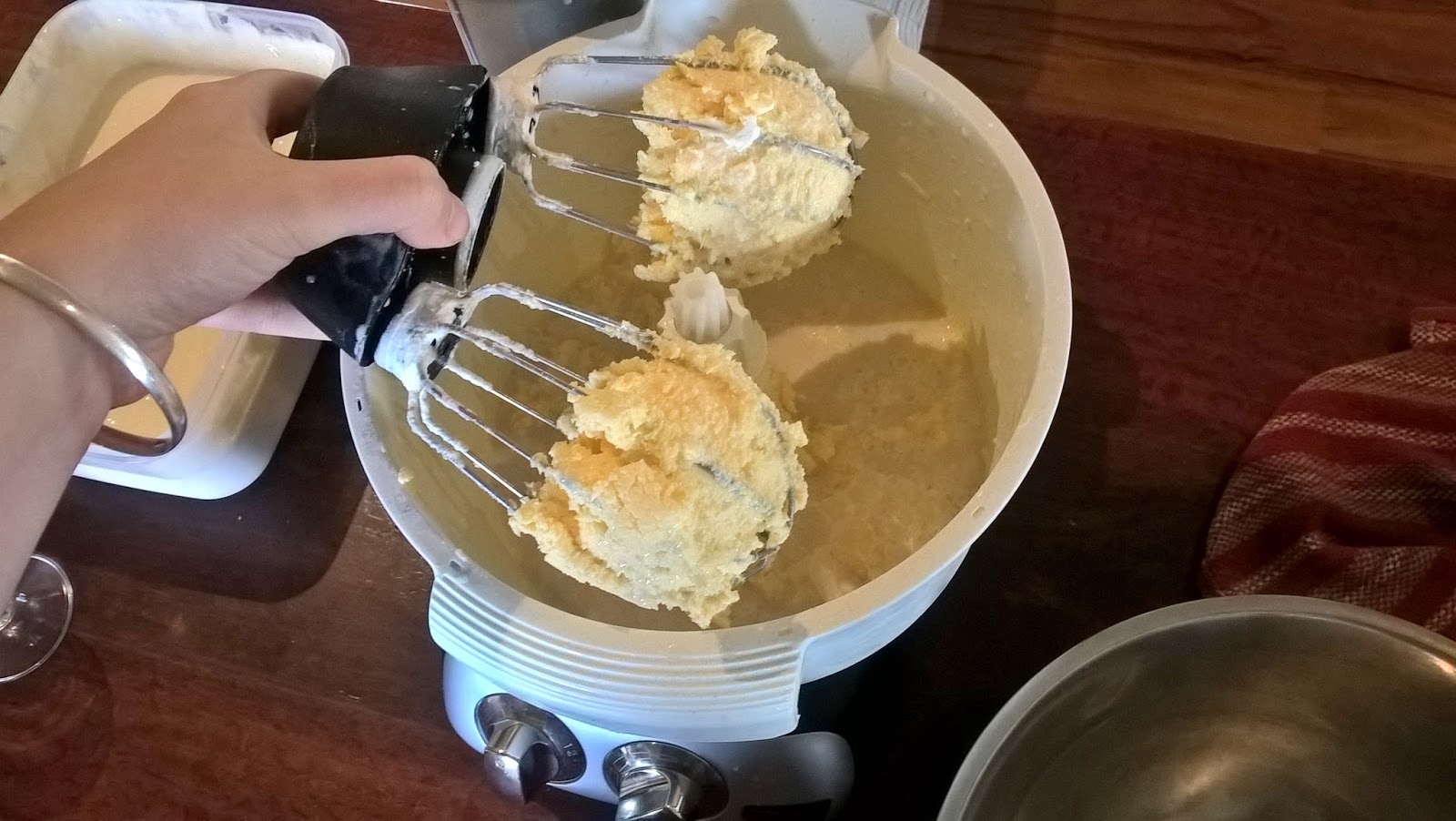

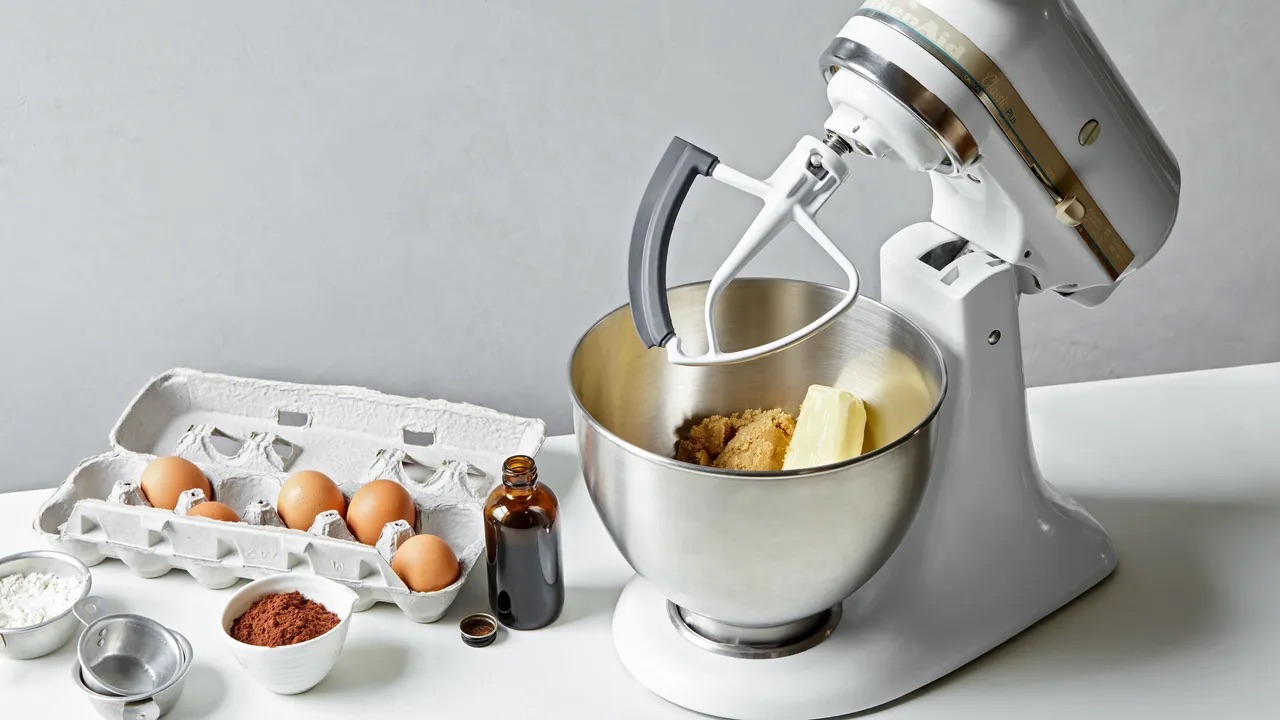
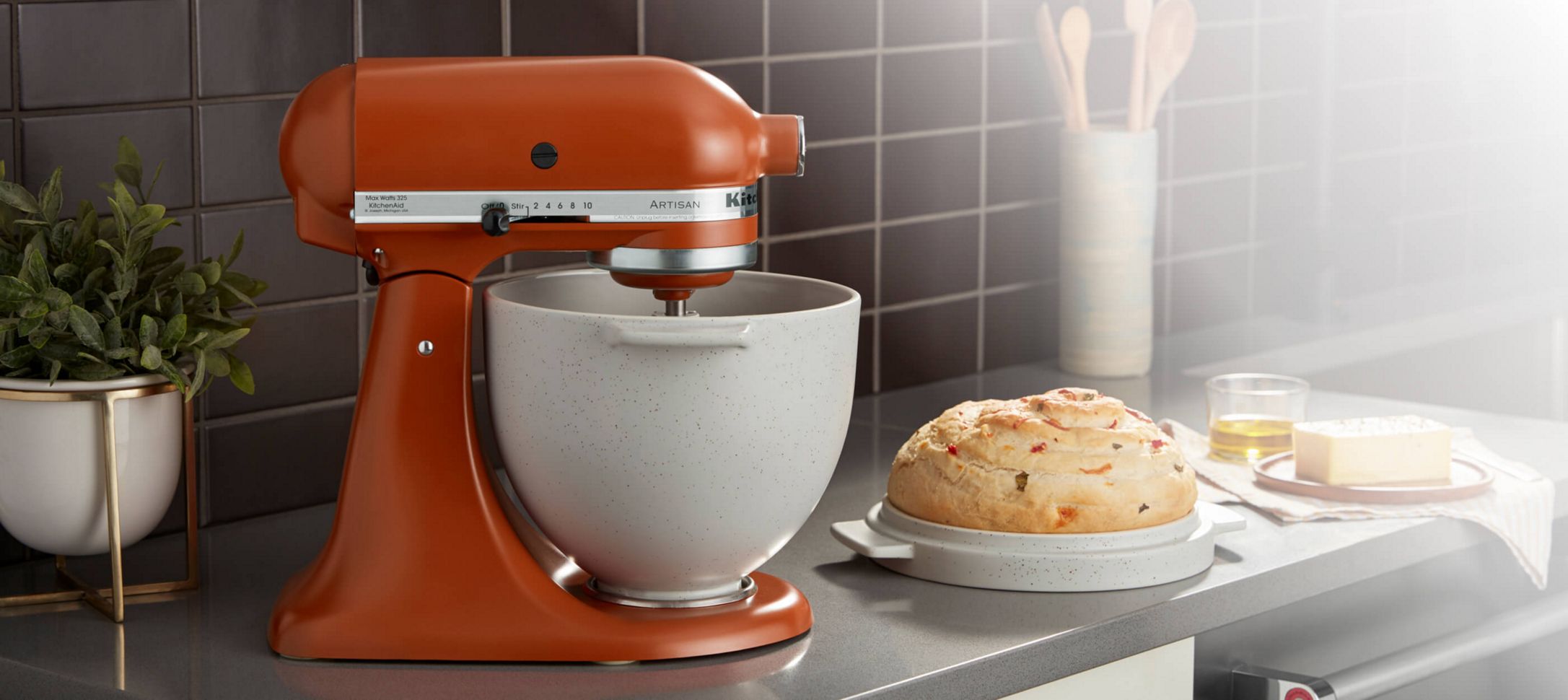
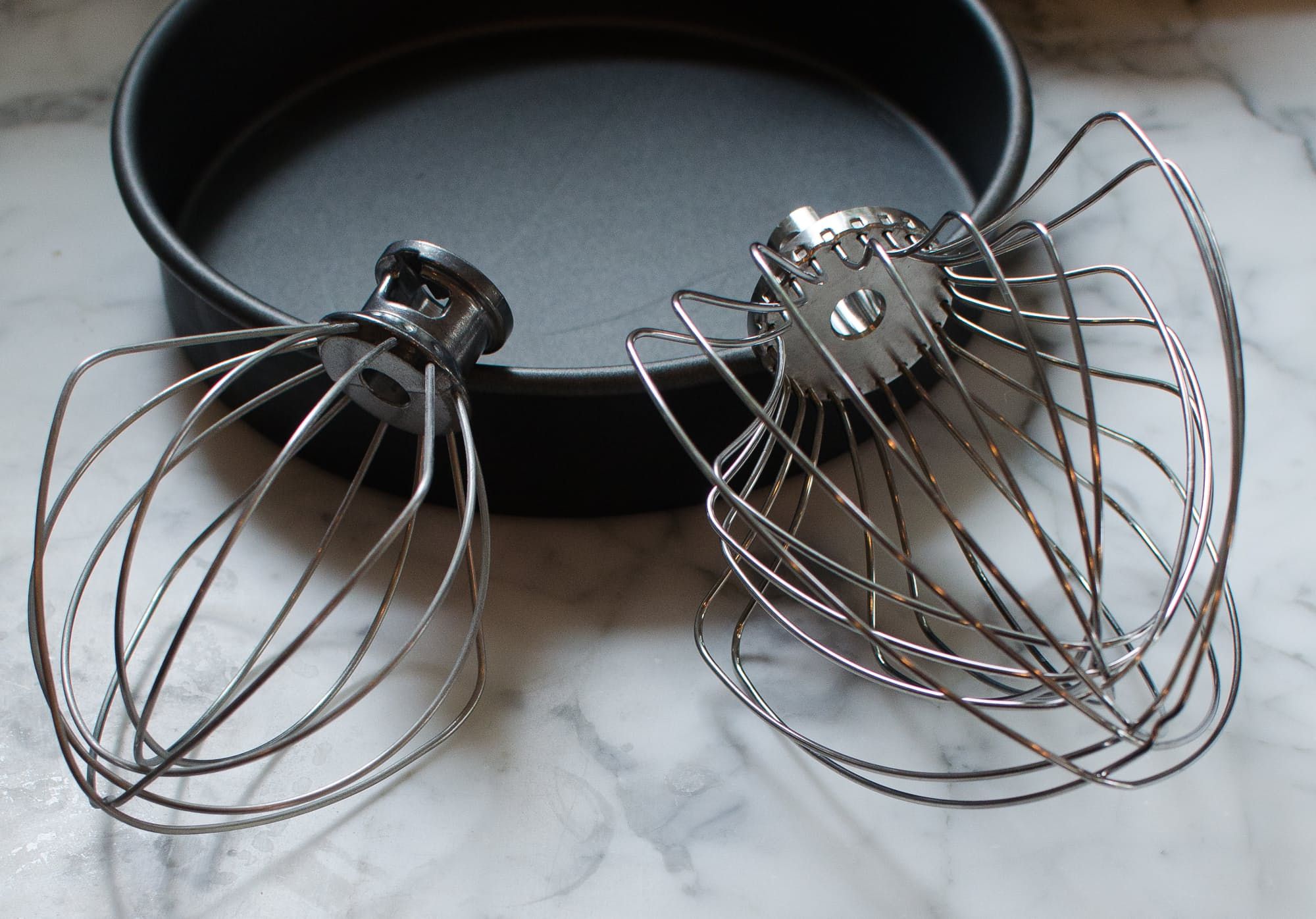
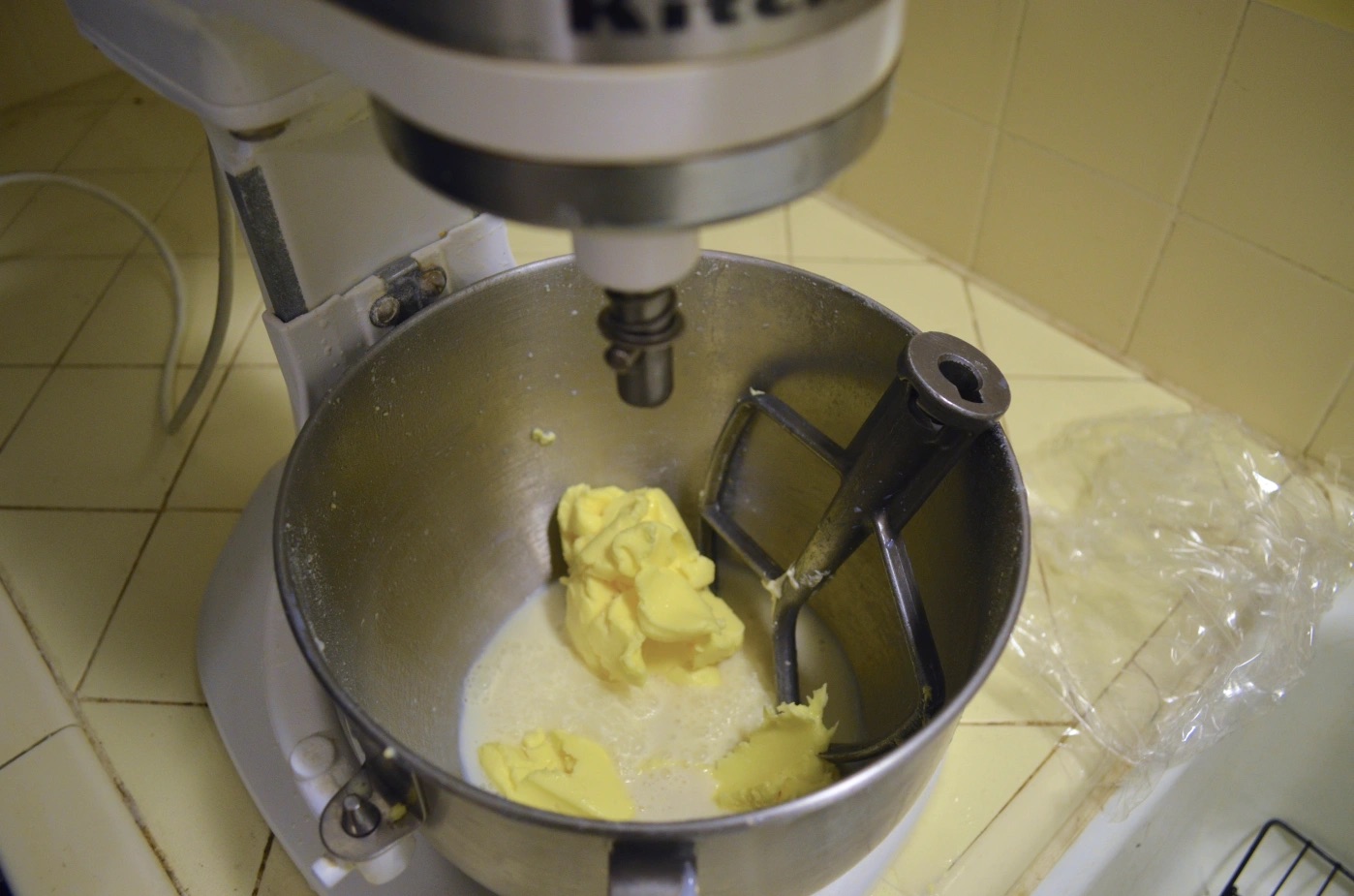
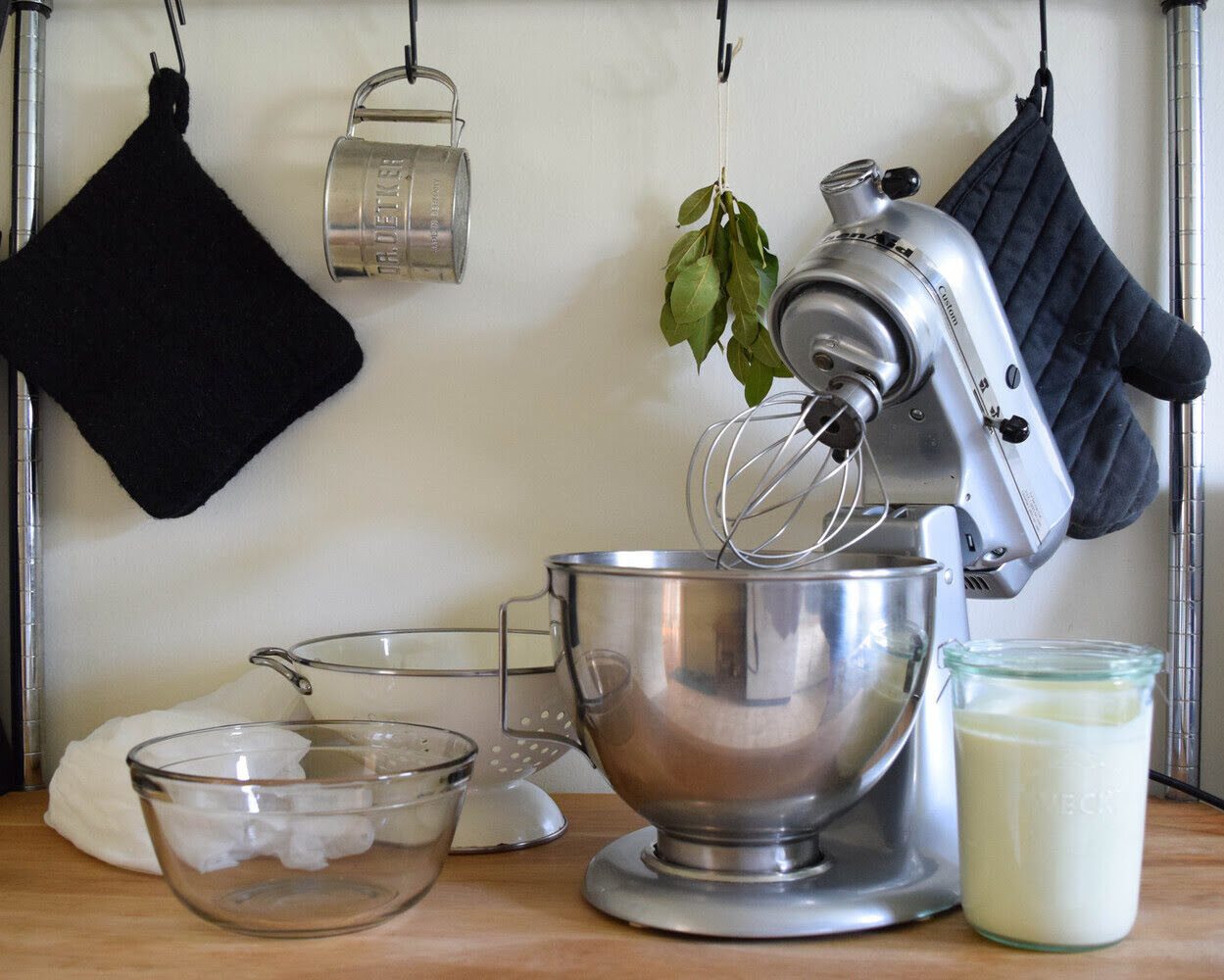
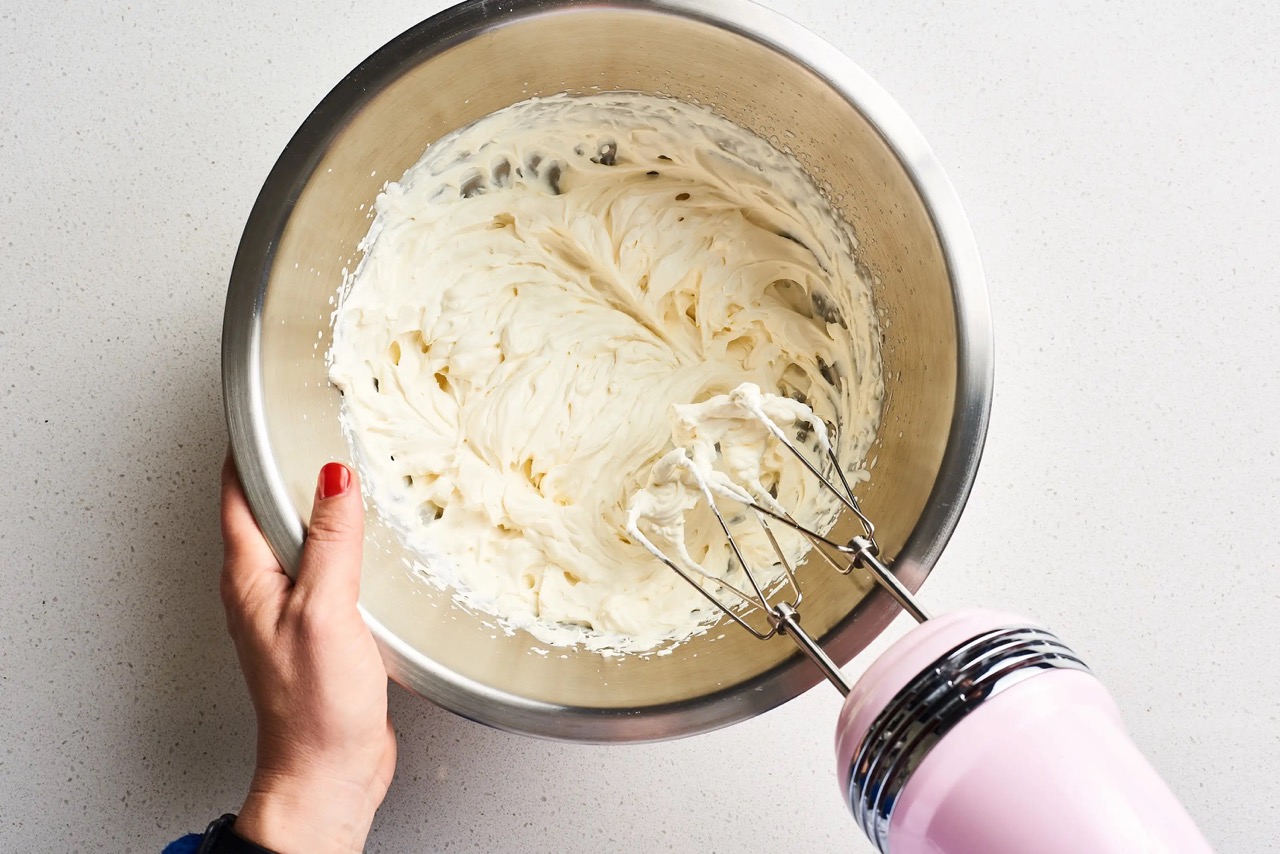
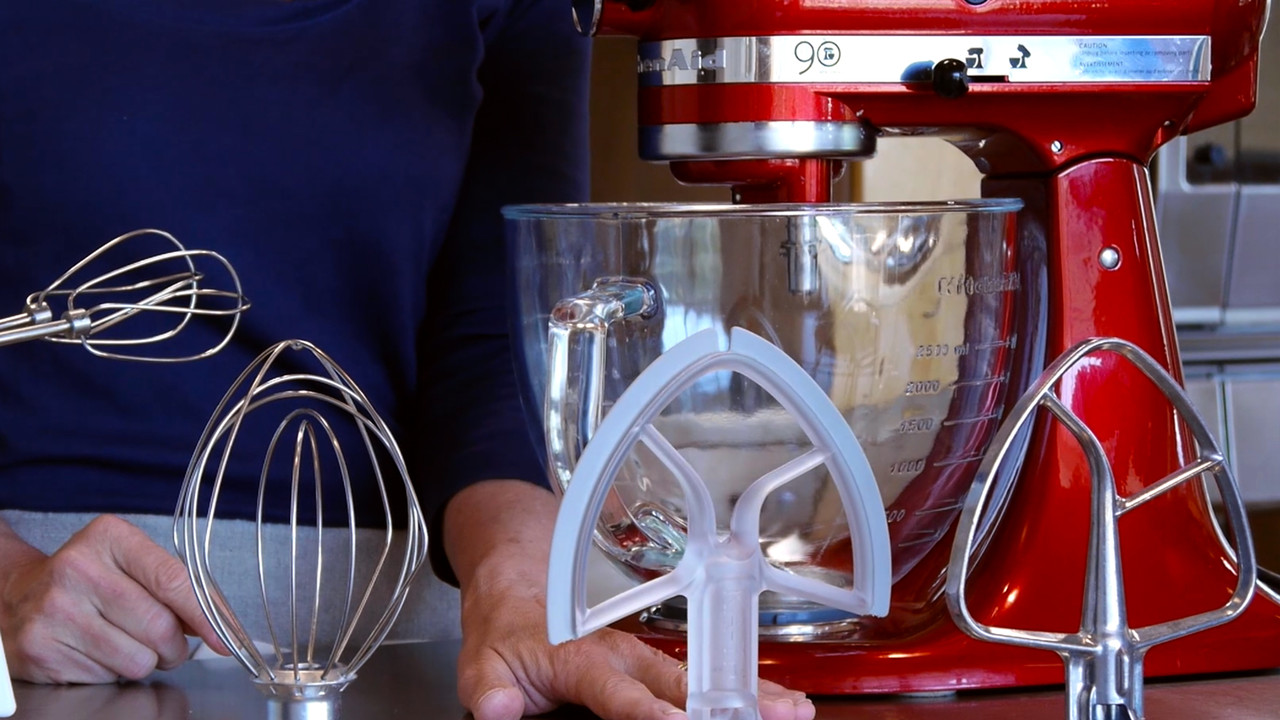
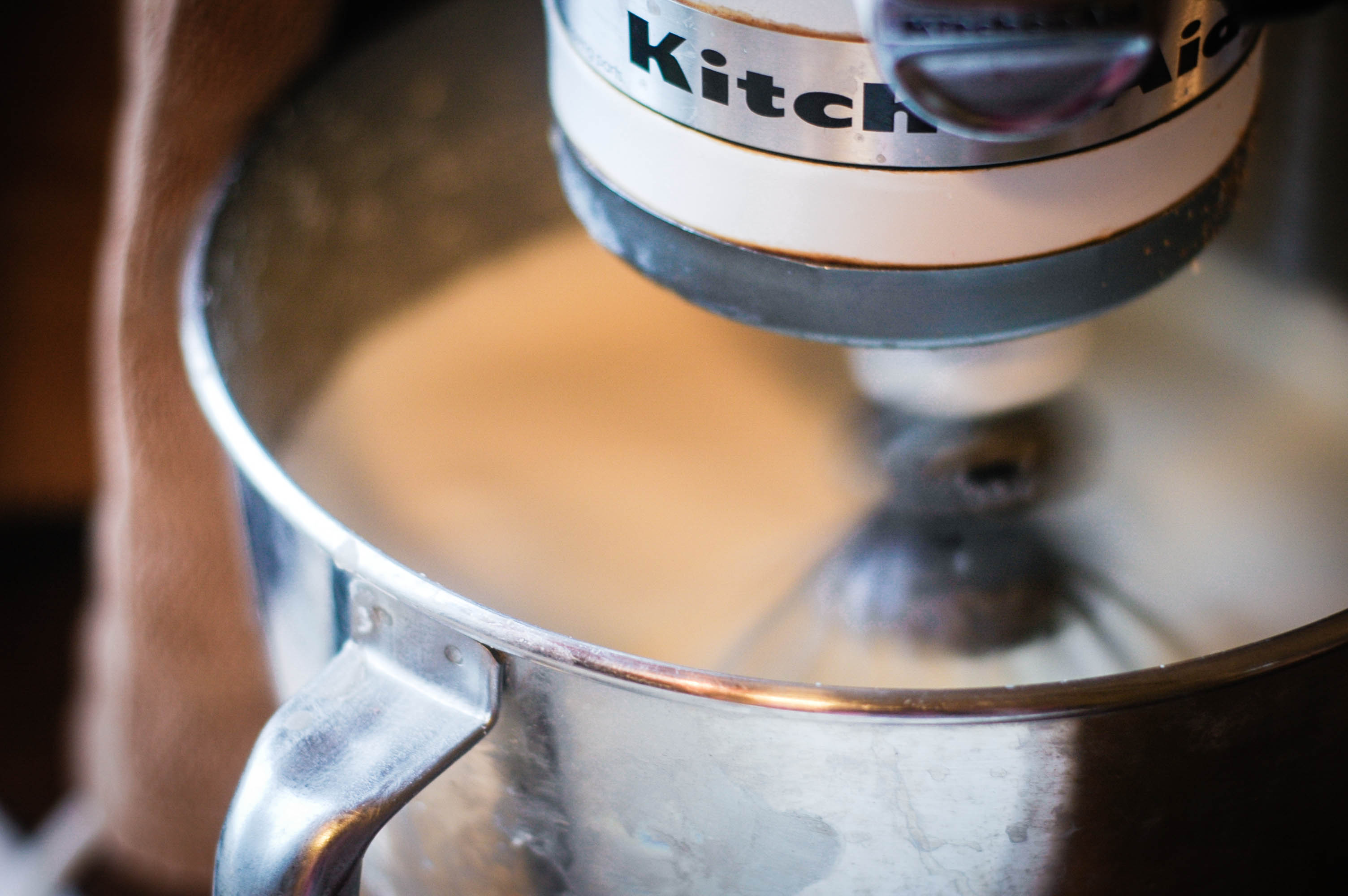
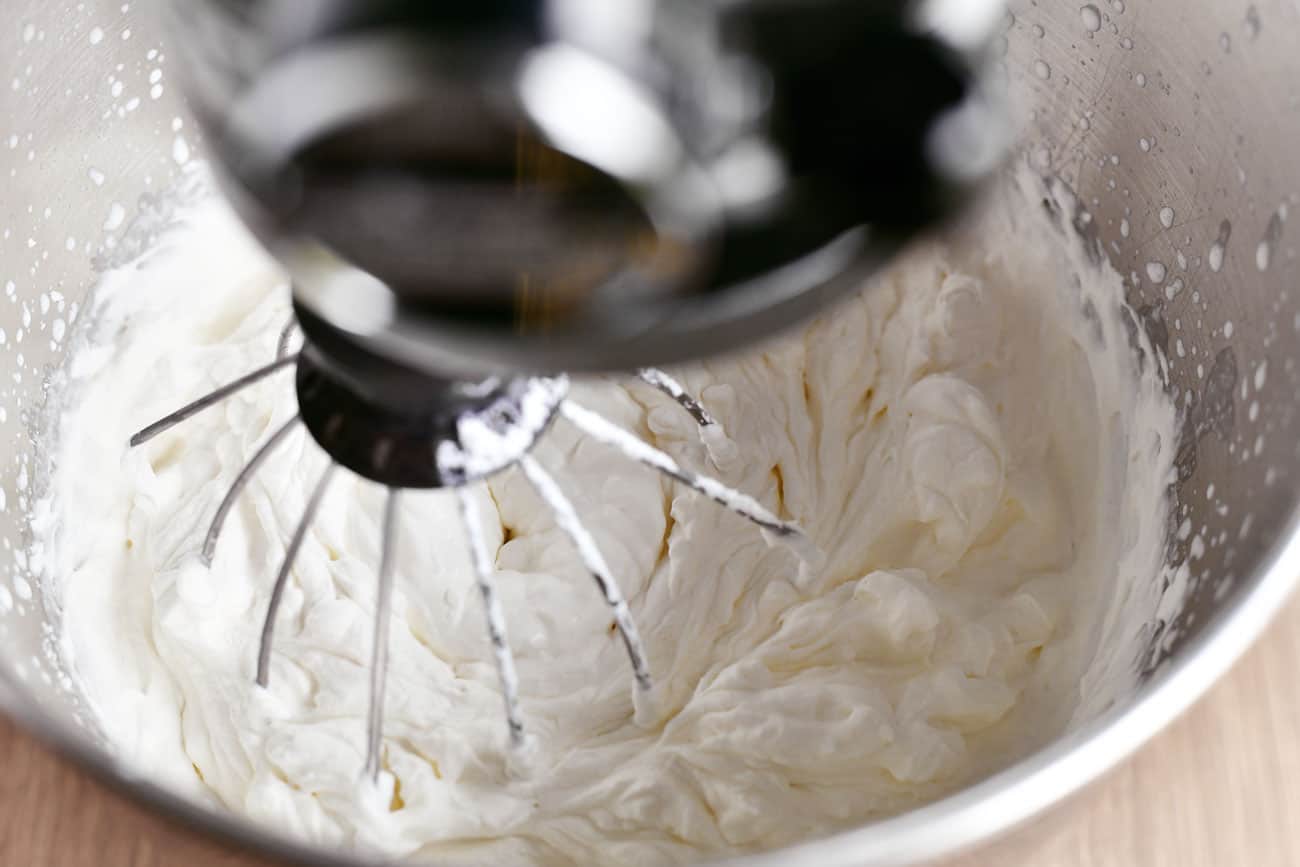
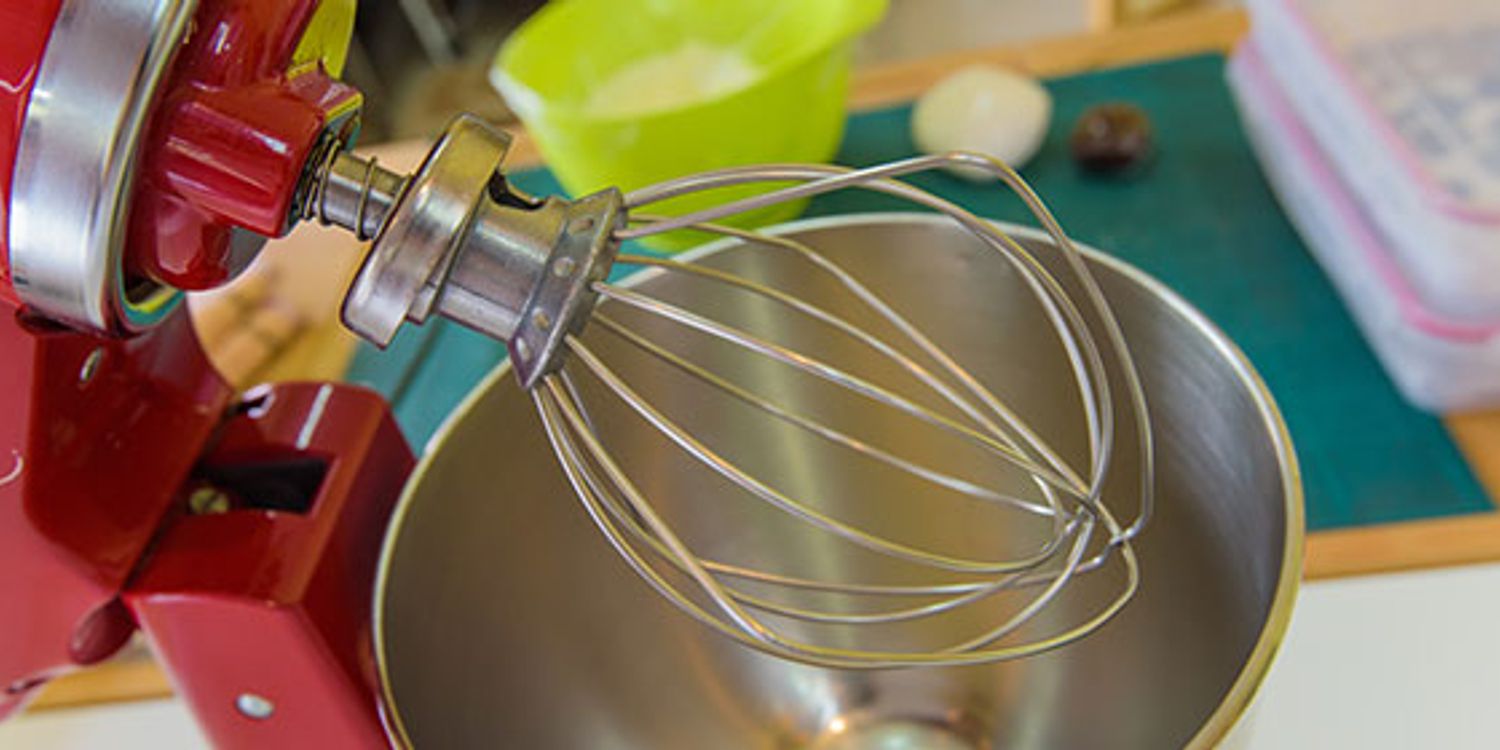
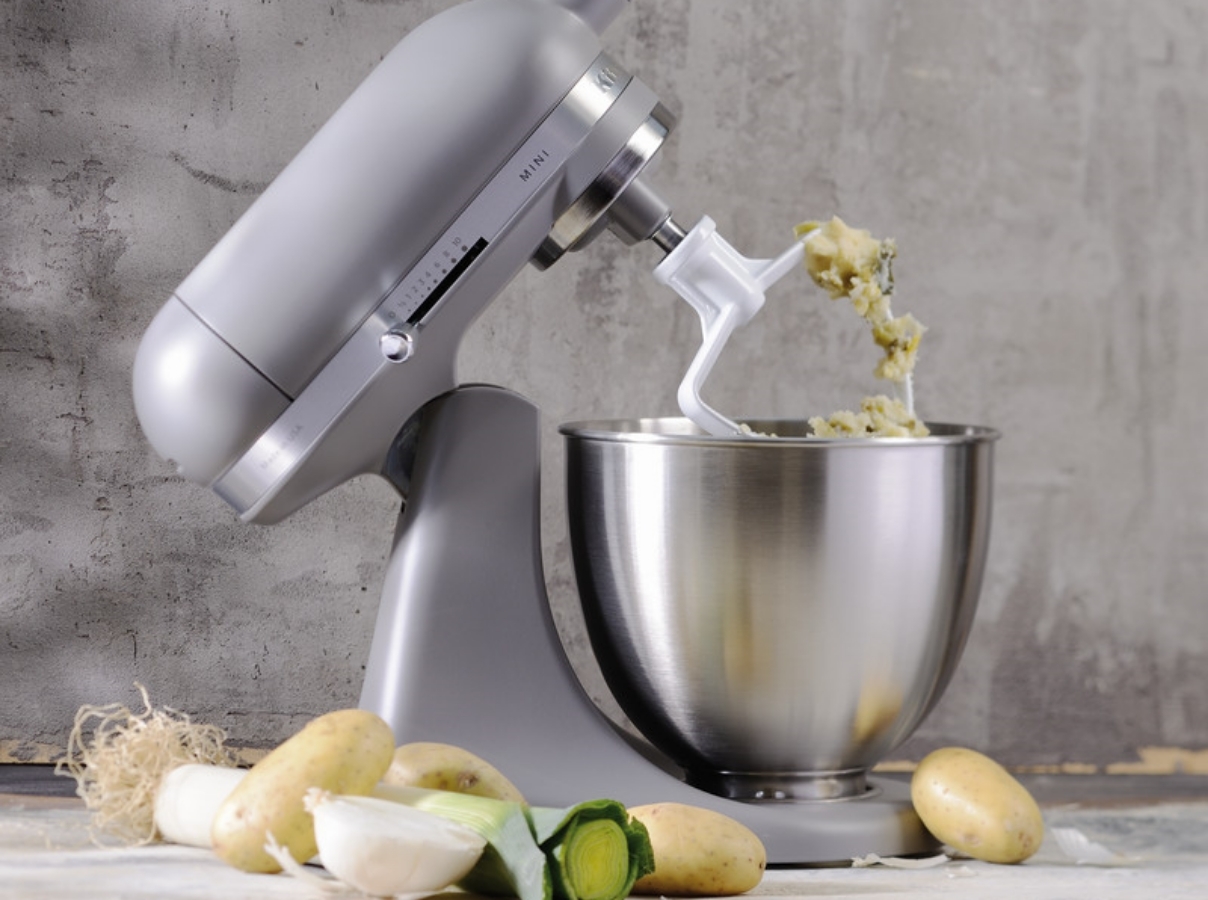
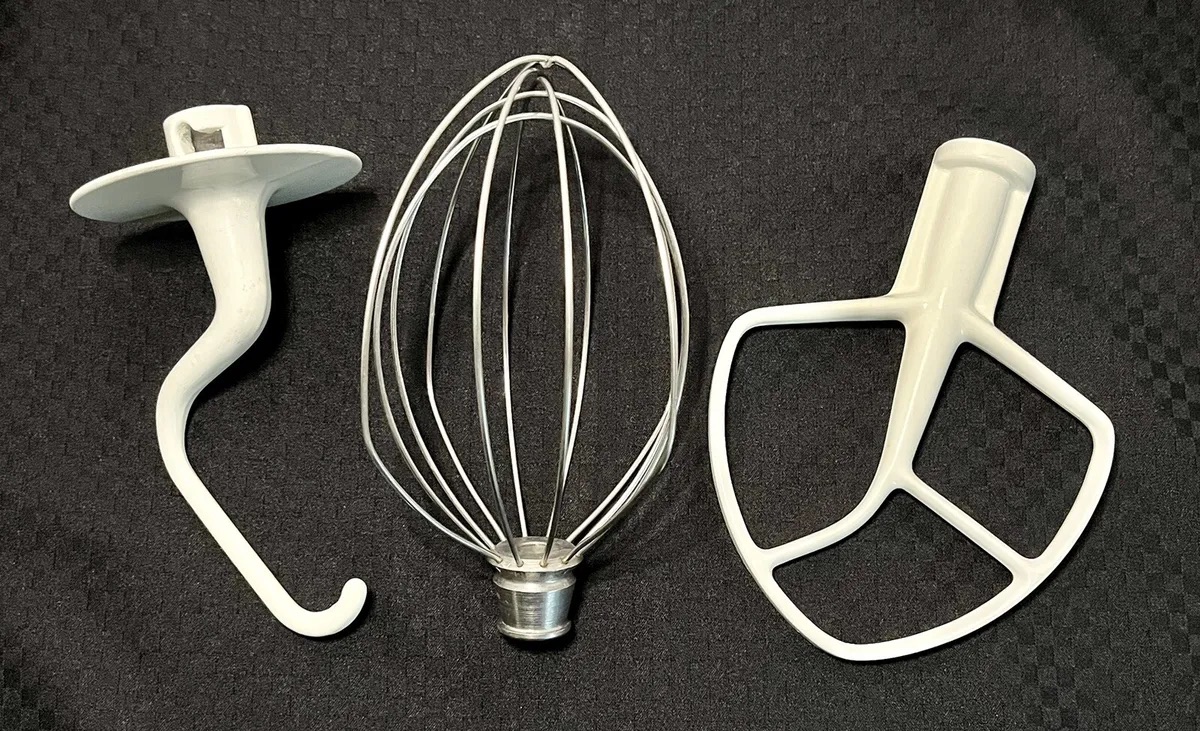

0 thoughts on “Which Mixer Attachment To Cream Butter And Sugar”